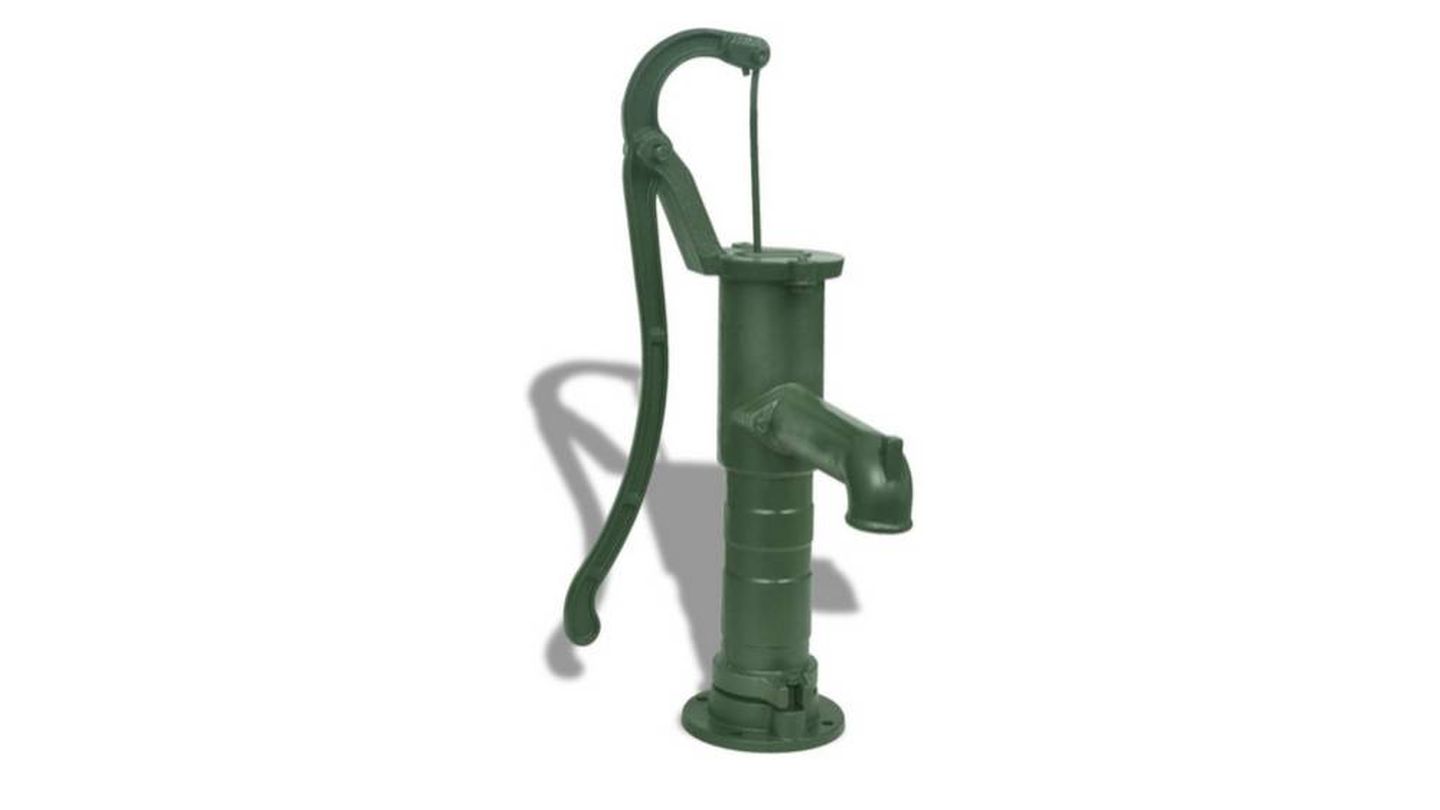A manual water pump is a simple yet effective device that has been used for centuries to draw water from wells, ponds, and other sources. Its reliability and ease of use make it an indispensable tool in many rural and off-grid settings. In this article, we will explore the description, recommended uses, functionality, maintenance, and other important aspects of the manual water pump.
Description of a manual water pump
A manual water pump is a mechanical device operated by hand to lift water from a lower level to a higher one. It typically consists of a handle, a piston or diaphragm, a cylinder, and a spout. The pump can be mounted directly over a well or connected to a pipe leading to a water source.
- Handle: The handle is the part of the pump that the user moves up and down to create the pumping action. It is usually made of metal or sturdy plastic.
- Piston or Diaphragm: Inside the cylinder, the piston or diaphragm moves in response to the handle’s motion, creating suction that draws water into the pump.
- Cylinder: The cylinder houses the piston or diaphragm and contains the inlet and outlet valves that control the flow of water.
- Spout: The spout is the outlet through which water is dispensed once it has been drawn into the pump.
Recommended uses of a manual water pump
Manual water pumps are versatile tools used in various applications, particularly in areas where electricity is unavailable or unreliable. Some recommended uses include:
- Rural and off-grid areas: In rural communities and off-grid locations, manual water pumps provide a dependable source of water for drinking, cooking, washing, and irrigation. They are especially useful in remote areas where installing an electric pump may be impractical or too costly.
- Emergency situations: During emergencies such as natural disasters, manual water pumps can serve as a vital backup for accessing clean water. They do not rely on electricity, making them functional even during power outages.
- Agricultural use: Farmers often use manual water pumps to irrigate small plots of land, water livestock, and fill water troughs. These pumps are ideal for areas where a consistent water supply is necessary but electric power is not readily available.
- Recreational and camping: Campers and outdoor enthusiasts use manual water pumps to draw water from lakes, rivers, and wells during their adventures. They are lightweight, portable, and easy to operate, making them a convenient tool for outdoor activities.
Functionality of a manual water pump
The functionality of a manual water pump is based on a straightforward mechanical process. Here’s how it works:
- Priming the pump: Before using the pump, it often needs to be primed by adding water to the cylinder. This helps create the initial suction required to draw water from the source.
- Pumping action: When the handle is moved up and down, it drives the piston or diaphragm inside the cylinder. As the piston moves up, it creates a vacuum that draws water into the pump through the inlet valve. When the piston moves down, the inlet valve closes, and the water is pushed through the outlet valve and out of the spout.
- Continuous flow: Repeatedly moving the handle up and down maintains a continuous flow of water. The efficiency of the pump depends on the user’s rhythm and the pump’s design.

Maintenance of a manual water pump
Proper maintenance is crucial to ensure the longevity and effectiveness of a manual water pump. Here are some maintenance tips:
- Regular cleaning: Keep the pump clean and free from dirt, debris, and sediment. Regularly clean the handle, cylinder, and spout to prevent blockages and maintain smooth operation.
- Check for leaks: Inspect the pump for any signs of leaks, especially around the valves and cylinder. Tighten any loose fittings and replace worn-out seals or gaskets as needed.
- Lubricate moving parts: Apply a suitable lubricant to the moving parts of the pump, such as the handle and piston. This reduces friction and wear, ensuring smooth operation.
- Inspect valves: Regularly check the inlet and outlet valves for proper functioning. Clean or replace them if they are clogged or damaged.
- Protect from freezing: In cold climates, ensure that the pump is properly drained and protected from freezing temperatures. Frozen water inside the pump can cause damage to the cylinder and other components.
Additional considerations
While manual water pumps are highly reliable, there are a few additional considerations to keep in mind:
- Depth of the water source: Manual water pumps are most effective for shallow wells and water sources. For deeper wells, specialized deep-well manual pumps are required, which are designed to lift water from greater depths.
- Material and durability: The materials used in the construction of the pump affect its durability and performance. Cast iron and stainless steel pumps are more durable and long-lasting, while plastic pumps are lightweight and resistant to corrosion.
- User effort: Operating a manual water pump requires physical effort. The ease of use depends on the pump’s design and the user’s strength. Some pumps are designed with ergonomic handles to reduce the effort needed.
Conclusion
A manual water pump is a valuable tool for accessing water in various settings, from rural communities to emergency situations. Its simple design and reliable functionality make it an essential device for many people worldwide. By understanding its description, recommended uses, functionality, and maintenance, users can ensure that their manual water pump remains effective and dependable for years to come. Whether for daily use or emergency preparedness, a manual water pump is a practical and resilient solution for water access.
Visit: Electric water pump.

